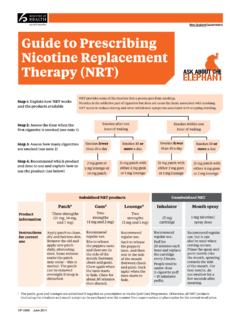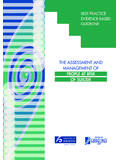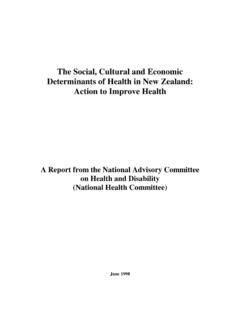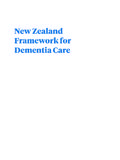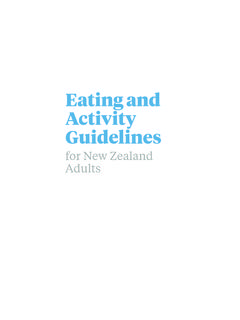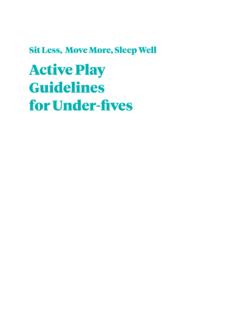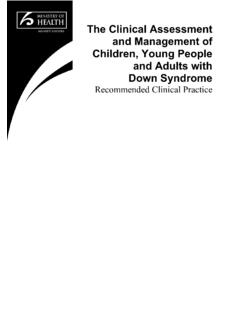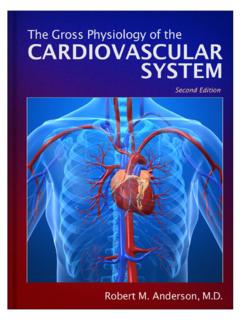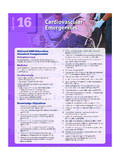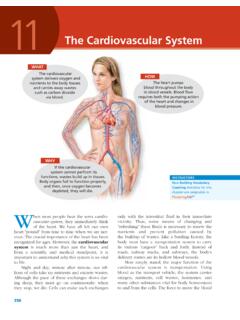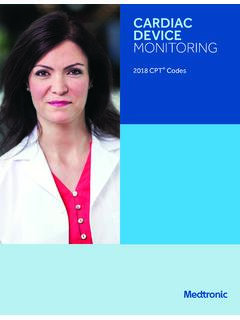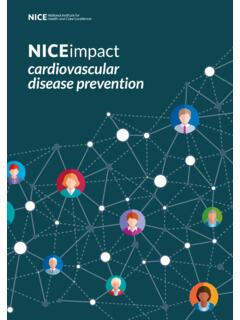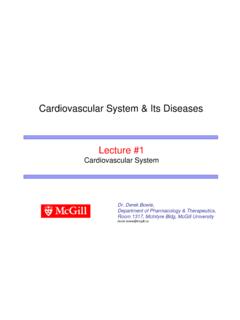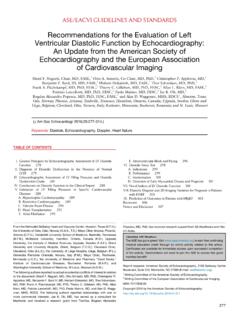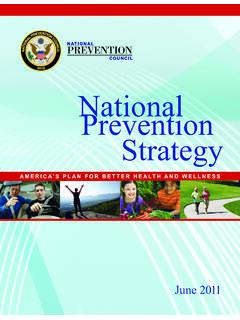Transcription of Cardiovascular Disease Risk Assessment and Management …
1 Released 2018 Cardiovascular Disease Risk Assessment and Management for Primary Care 2018 Acknowledgements With thanks to the consumers and sector stakeholders who contributed during workshops/discussions and to the expert advisory group: Assoc Prof Gerry Devlin, Dr Paul Drury, Dr Fraser Hamilton, Dr Ben Hudson, Katie Inker, Prof Rod Jackson, Prof Jim Mann, Dr Helen Rodenburg, Prof Tim Stokes, Dr Jim Vause, Assoc Prof Susan Wells, Prof Michael Williams, and Vanessa Young. Research to develop the equations that underpin the updated approach to Cardiovascular risk Assessment was jointly funded by The Healthier Lives National Science Challenge, the Health Research Council of New Zealand and the Heart Foundation of New Zealand.
2 Citation: Ministry of Health. 2018. Cardiovascular Disease Risk Assessment and Management for Primary Care. Wellington: Ministry of Health. Published in February 2018 by the Ministry of Health PO Box 5013, Wellington 6140, New Zealand ISBN 978-1-98-853933-1 (online) HP 6747 This document is available at This work is licensed under the Creative Commons Attribution International licence. In essence, you are free to: share ie, copy and redistribute the material in any medium or format; adapt ie, remix, transform and build upon the material. You must give appropriate credit, provide a link to the licence and indicate if changes were made.
3 Cardiovascular Disease Risk Assessment and Management for Primary Care iii What s new in 2018 CVD risk Assessment and Management ? Risk Assessment Cardiovascular Disease (CVD) risk Assessment and Management for people aged 30 to 74 years without prior CVD is now based on new five-year CVD risk prediction equations from the New Zealand PREDICT study, to be known as the NZ Primary Prevention Equations. There are separate equations for people with and without diabetes. People aged 75 years and older are outside the age range included in the NZ Primary Prevention Equations. Therefore risk estimates in this population will only be approximations but are potentially useful.
4 It is no longer possible to use paper charts to estimate CVD risk due to the increased number of predictors in the new equations. Risk Assessment and communication will now require access to an electronic decision support system that should be integrated within primary care patient Management systems. Outcomes predicted are the combination of hospitalisations and deaths from ischaemic heart Disease (including unstable angina), stroke, transient ischaemic attack (TIA), heart failure and peripheral vascular Disease . The risk equations include NZDep, CVD preventive medications, and a diagnosis of atrial fibrillation as new predictors.
5 Family history of premature CVD is now defined as having a first-degree relative hospitalised or having died due to a heart attack or stroke before age 50 years. A history of heart failure is now included as part of a history of established CVD. Therefore these patients do not require risk Assessment with the primary prevention equations. A measurement of serum creatinine (to calculate eGFR) is now recommended to identify people with chronic kidney Disease . Patients with an eGFR less than 30 ml/min/m2 have a CVD risk equivalent to those with established CVD. Therefore these patients do not require risk Assessment with the primary prevention equations.
6 Begin CVD risk assessments in men aged 45 years and women aged 55 years. For M ori, Pacific and South Asian populations risk Assessment is now recommended to begin in men aged 30 years and in women aged 40 years, 15 years earlier than other population groups. Repeat CVD risk assessments are recommended at the following intervals: Five-year risk level Repeat CVD risk Assessment < 3 percent 10 years 3 9 percent 5 years 10 14 percent 2 years 15+ percent 1 year, as part of annual Management review iv Cardiovascular Disease Risk Assessment and Management for Primary Care For people with severe mental illness (schizophrenia, major depressive disorder, bipolar disorder, schizoaffective disorder), CVD risk Assessment is recommended from age 25 years.
7 Repeat assessments should follow every two years, unless the risk is 15 percent or more, when it should be repeated every year. Risk Assessment diabetes CVD risk Assessment and Management is a recommended component of the annual diabetes review, in people with type 2 diabetes. The new risk prediction equations for people with type 2 diabetes include: duration of diabetes, BMI, eGFR, ACR, HbA1c and hypoglycaemic medications; in addition to the risk factors in equations for people without diabetes. No specific risk equations are available for people with type 1 diabetes, although the same main Disease variables (diabetes duration, renal Disease , glycaemic control) apply as for type 2 diabetes.
8 CVD risks for this group are substantially higher than for people with type 2 diabetes (50 percent higher in men and up to 90 percent higher in women). Risk Management Encourage a healthy lifestyle (smoking cessation, healthy diet, regular physical activity, optimal weight) in everyone. Assessing five-year CVD risk is pivotal to guide decision-making for primary prevention. Individuals with the highest risk have the most to gain. Risk communication is critical to making shared decisions about risk Management . Communicate the results of risk Assessment to all patients. Tools for risk communication and displaying the benefits and harms of Management should be integrated within primary care patient Management systems.
9 An estimated five-year CVD risk of 15 percent or more is considered to be equivalent to the risk for people with prior CVD. Lipid-lowering and blood pressure-lowering drug treatment is strongly recommended and aspirin should be considered in some groups. A diagnosis of asymptomatic carotid Disease (including plaque identified on carotid ultrasound) or asymptomatic coronary Disease (including coronary artery calcium score > 400) or plaque identified on CT angiography is associated with increased CVD risk. These patients should be considered to have an estimated five year risk of 15 percent or more.
10 Lipid-lowering and blood pressure-lowering drug treatment is strongly recommended and aspirin should be considered in some groups During shared decision-making, it is reasonable to consider pharmacological treatment of modifiable risk factors for patients with estimated five-year CVD risk of 5 15 percent. For patients in this risk group, the benefits and harms of lipid-lowering and blood pressure lowering drugs should be presented and discussed to allow an individualised informed decision about whether to start treatment. Cardiovascular Disease Risk Assessment and Management for Primary Care v Lipid Management Substituting dietary saturated fat with mono and polyunsaturated fats is the most effective dietary approach to reducing low-density lipoprotein cholesterol (LDL-C) while maintaining or increasing high-density lipoprotein cholesterol (HDL-C).
